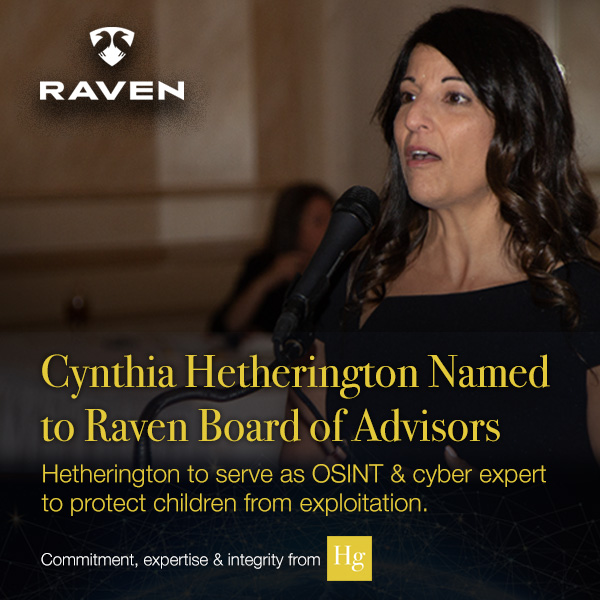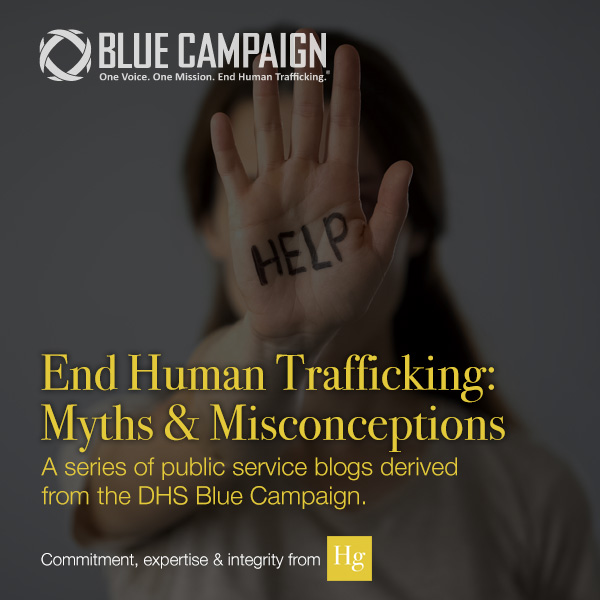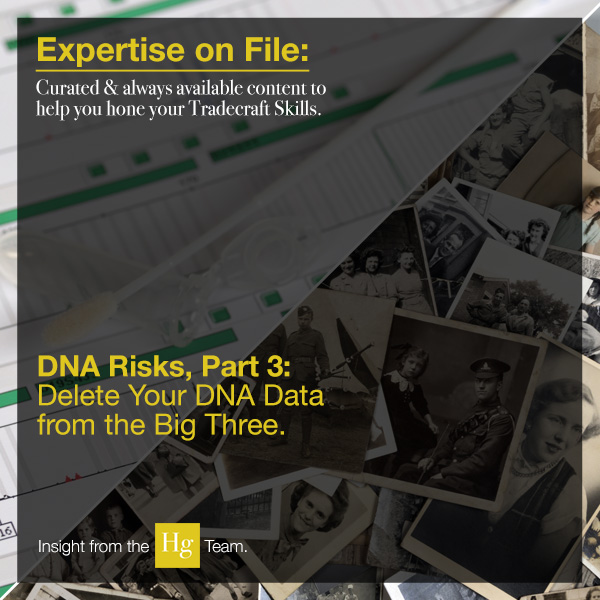By Trevor Morgan
Designed for short video clips of content, TikTok is a new form of social media consumption that has taken the world by storm. This quickly growing China-based app has been at the forefront of smart-phone entertainment as of late, specifically during quarantine. Scrolling through TikTok’s For You page may provide users with a much-needed chuckle. Have you seen the one of the delightful elderly couple shredding the rug?
However, after reviewing the content some users post, thoroughly examining its privacy policy, and understanding its international implications, some laughing may fall to the wayside. From an open source intelligence perspective, this novelty app provides researchers and investigators with a plethora of knowledge and useful information. On the user end, it might not be all fun and games.
In this new blog series, Hg’s investigative analyst Trevor Morgan walks readers through TikTok basics and then discusses concerns related to surface level data, privacy breaches, and global security.
TikTok Basics
TikTok was created in September 2016 by its parent company ByteDance and has since grown tremendously. As of this January 2021, it is estimated that TikTok has over 1 billion active users globally, with over one billion videos being viewed daily as reported by Oberlo. During the coronavirus quarantine, CNBC reports TikTok experienced a high download—likely as a form of escapism. Unlike Facebook, Twitter, or even LinkedIn, TikTok is not flooded with paragraphs of information. The platform’s simple and prompting design provides an environment of creativity, individualism, and cohesiveness. Although this sounds contradictory, TikTok provides users with a platform to express themselves while creating a sense of community. By nature, its fresh take on social networking appeals to a younger audience.
If you are a millennial or part of Generation Z, you have statistically heard of the app TikTok, and probably have an account. However, if you’re a Generation Xer or Baby Boomer, you may be somewhat confused by TikTok. According to Reuters, TikTok is targeted towards a younger, more youthful audience, with 60% of its active users ranging in ages 16 to 24. TikTok’s one-minute video limit promotes creativity and appeals to the younger audience. As each video cannot surpass this allotted time frame, it allows users to quickly scroll through content. For teenagers, TikTok is likely the first large-scale social media platform used since Snapchat in 2011. Its user-friendly interface and simple-to-follow concept can make TikTok the perfect app for teenagers and adults alike.
OSINT Investigations & TikTOK
For those new to investigating on the TikTok platform, it is a video-based social media app designed for entertainment purposes. Similar to other platforms, there are features such as liking, sharing, and commenting on videos, and following other users. Additionally, you can search by user, sound, and hashtag to grow your network. To search for a user in a web browser, simply search www.tiktok.com/@username and you can access their profile without having one yourself. At this writing, free web interfaces do not exist to extract information from TikTok, so all of the functionalities can only be viewed from within the app. However, to upload, like, and comment on videos, an account is required. (Professional tools such as skopenow have built in TikTok search tools.)
Hg’s Word to the Wise
Since its 2016 creation, TikTok has left a rather substantial footprint on modern day social networking. The clout-chasing teenager likely considers this a positive. Viewed through an analytical, research-focused lens, it could be potentially dangerous. With your TikTok account, be wary of the content you post and data you share. If you are planning to use it as an open source intelligence (OSINT) tool, remember the tips mentioned in this blog series and always dissect the videos for hidden bits of intelligence. If you use TikTok only to watch cute puppies and dance along to viral video trends, then cheers to you.
Hg’s Pro OSINT Tip of the Week: Tinfoleak.com

Need to collect detailed information about a Twitter user? Tinfoleak.com is one resource to use when researching a specific public profile. To run a report, enter the desired Twitter handle in the Search for Leaks search field, and provide your email address. An email will be sent to you containing a link to an in-depth dossier of the user, including basic information, the user’s devices and operating systems, additional social media profiles, frequent hashtags, user mentions, geolocations, and other useful information. Additionally, it provides the subject’s Twitter ID and date of account creation. When investigating, tinfoleak.com makes Twitter analytics that much easier.

Are you an analyst or investigator looking for advanced OSINT training on risk assessment and risk monitoring? If so, check out Hg’s webinar series on social media investigative training, where you can attend live sessions and receive CEUs or watch previously recorded sessions to beef up your investigative skills.
 Are you concerned about your company’s or employees’ points of vulnerability through online and open sources? Our skilled analysts are experts at removing personal information that puts you, your business partners, and your family at risk. Learn how our team can assist you in assessing and monitoring your risks.
Are you concerned about your company’s or employees’ points of vulnerability through online and open sources? Our skilled analysts are experts at removing personal information that puts you, your business partners, and your family at risk. Learn how our team can assist you in assessing and monitoring your risks.

Trevor Morgan is an investigative analyst at Hetherington Group, where he uses his open source research skills to extract data from social media accounts, conduct risk assessments, and monitor subjects for clients in pharma, tech, retail, and entertainment. He is a contributing writer to Hg’s Data2Know, Industry Undercover, and OSINT Slack channels. On his lunch break, he can be found outside playing frisbee with his four-legged colleagues.



